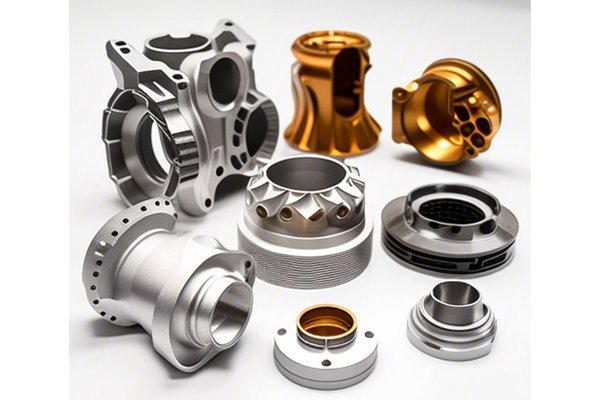Opening
Did you know that thermal extremes can significantly impact the performance of prototype parts produced using CNC machining? A staggering 60% of product failures in various industries can be attributed to temperature-related issues during testing phases. Understanding how CNC prototypes perform under extreme temperatures not only aids in product development but can ultimately save companies time, cost, and resources in production and field maintenance.
In this blog, we will explore the testing of CNC prototypes for reliability in extreme temperature environments, examine the challenges faced, the best practices for testing, and innovative solutions that can enhance the efficacy and performance of these prototypes.
Understanding CNC Prototypes
CNC (Computer Numerical Control) machining allows for high precision and intricate design customization of prototypes. Engineers and designers often rely on this technology for rapid prototyping in various industries such as aerospace, automotive, medical devices, and consumer electronics. These prototypes then undergo various testing phases to evaluate performance, reliability, and durability before final production.
However, one critical factor that can impact the performance of these prototypes is the temperature to which they are exposed. Temperature fluctuation can induce different thermal effects such as expansion, contraction, degradation of materials, and compromised structural integrity.
The Impact of Extreme Temperatures on CNC Prototypes
Extreme temperatures can be classified into two categories: high temperature and low temperature. Both environments present unique challenges:
Understanding these potential pitfalls is crucial to ensuring that prototypes perform reliably under real-world conditions.
Testing Methods for Extreme Temperatures
To effectively evaluate the reliability of CNC prototypes, a series of testing methods can be employed:
Thermal cycling is one of the most common and effective testing methods. This involves subjecting prototypes to cycles of extreme temperatures, simulating the conditions they will face in actual applications.
This test not only looks at temperature swings but also considers the effect of humidity, which can further affect material properties.
Understanding the properties of materials used in CNC prototypes is paramount. Key tests include:

Advanced software can simulate temperature effects on prototypes. Such simulations identify potential weaknesses before physical testing takes place.
Challenges in Testing CNC Prototypes
While testing CNC prototypes for reliability under extreme temperatures is crucial, several challenges arise:
Choosing the right material for CNC prototypes that can withstand extreme temperatures is pivotal. Materials may behave differently depending on their thermal properties, and incorrect material choices can lead to catastrophic failures.
In-depth testing can involve significant costs, especially when multiple prototypes must be fabricated and tested under name-brand processes or with advanced materials.
Rapid prototyping means time pressures often hinder thorough testing for extreme conditions. Balancing speed with reliability often poses a significant challenge.
Accurately measuring temperature variations and material responses requires sensitive equipment, which can be costly and complex.
Best Practices for Effective Testing
To navigate the complexities of testing CNC prototypes for temperature reliability, consider the following best practices:
Early integration of temperature testing in the design phase of the prototype can mitigate many issues experienced later in the prototype lifecycle.
Select materials known for their thermal stability when subjected to high or low temperatures. Metals like titanium or certain alloys can perform well in extreme ranges.
Deploy advanced data acquisition systems that can provide real-time readings. Collecting extensive data allows for thorough analysis and validation of performance under actual conditions.
Conduct iterative testing—make incremental adjustments to prototypes based on test results. This helps enhance long-term reliability and performance.
Incorporate computational simulations early to predict temperature-related failures. This reduces costs and helps streamline manual testing processes.
In the world of CNC prototyping, the importance of testing for reliability in extreme temperature environments cannot be overstated. As we’ve explored, extreme temperatures can lead to material failure, impact performance, and ultimately affect product success. Through diligent planning, material selection, and robust testing methodologies, manufacturers can mitigate these risks.
Ultimately, the responsibility lies in the hands of designers and engineers. Understanding the nuances discussed within this blog empowers them to create more resilient prototypes, save costs, and enhance end-user satisfaction. The next time you’re designing a prototype, ask yourself: “Are we ready to face the extremes?” Remember, a well-tested prototype today can lead to a successful product tomorrow.






